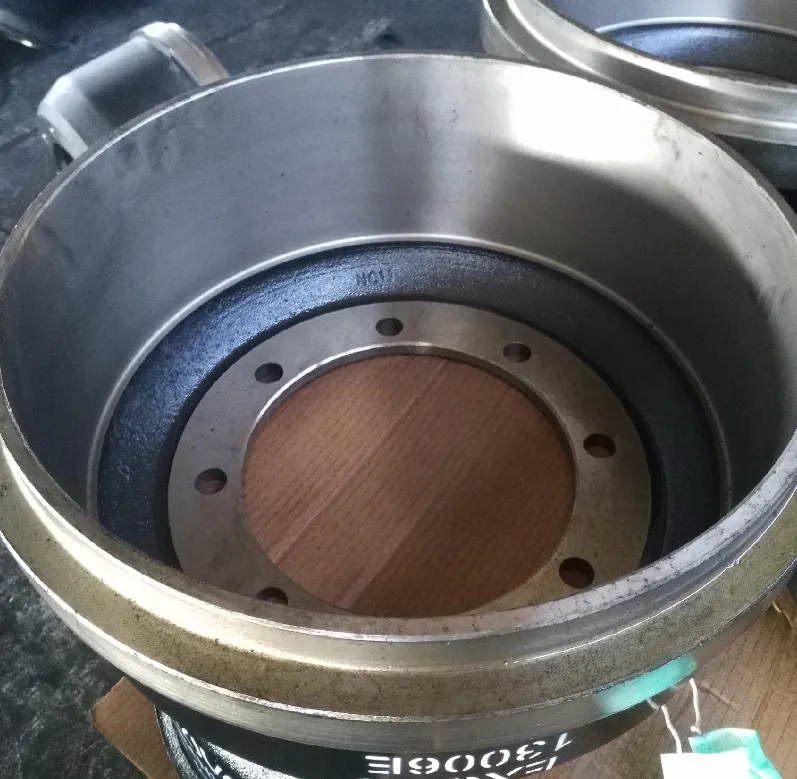
-
 Afrikaans
Afrikaans -
 Albanian
Albanian -
 Amharic
Amharic -
 Arabic
Arabic -
 Armenian
Armenian -
 Azerbaijani
Azerbaijani -
 Basque
Basque -
 Belarusian
Belarusian -
 Bengali
Bengali -
 Bosnian
Bosnian -
 Bulgarian
Bulgarian -
 Catalan
Catalan -
 Cebuano
Cebuano -
 Corsican
Corsican -
 Croatian
Croatian -
 Czech
Czech -
 Danish
Danish -
 Dutch
Dutch -
 English
English -
 Esperanto
Esperanto -
 Estonian
Estonian -
 Finnish
Finnish -
 French
French -
 Frisian
Frisian -
 Galician
Galician -
 Georgian
Georgian -
 German
German -
 Greek
Greek -
 Gujarati
Gujarati -
 Haitian Creole
Haitian Creole -
 hausa
hausa -
 hawaiian
hawaiian -
 Hebrew
Hebrew -
 Hindi
Hindi -
 Miao
Miao -
 Hungarian
Hungarian -
 Icelandic
Icelandic -
 igbo
igbo -
 Indonesian
Indonesian -
 irish
irish -
 Italian
Italian -
 Japanese
Japanese -
 Javanese
Javanese -
 Kannada
Kannada -
 kazakh
kazakh -
 Khmer
Khmer -
 Rwandese
Rwandese -
 Korean
Korean -
 Kurdish
Kurdish -
 Kyrgyz
Kyrgyz -
 Lao
Lao -
 Latin
Latin -
 Latvian
Latvian -
 Lithuanian
Lithuanian -
 Luxembourgish
Luxembourgish -
 Macedonian
Macedonian -
 Malgashi
Malgashi -
 Malay
Malay -
 Malayalam
Malayalam -
 Maltese
Maltese -
 Maori
Maori -
 Marathi
Marathi -
 Mongolian
Mongolian -
 Myanmar
Myanmar -
 Nepali
Nepali -
 Norwegian
Norwegian -
 Norwegian
Norwegian -
 Occitan
Occitan -
 Pashto
Pashto -
 Persian
Persian -
 Polish
Polish -
 Portuguese
Portuguese -
 Punjabi
Punjabi -
 Romanian
Romanian -
 Russian
Russian -
 Samoan
Samoan -
 Scottish Gaelic
Scottish Gaelic -
 Serbian
Serbian -
 Sesotho
Sesotho -
 Shona
Shona -
 Sindhi
Sindhi -
 Sinhala
Sinhala -
 Slovak
Slovak -
 Slovenian
Slovenian -
 Somali
Somali -
 Spanish
Spanish -
 Sundanese
Sundanese -
 Swahili
Swahili -
 Swedish
Swedish -
 Tagalog
Tagalog -
 Tajik
Tajik -
 Tamil
Tamil -
 Tatar
Tatar -
 Telugu
Telugu -
 Thai
Thai -
 Turkish
Turkish -
 Turkmen
Turkmen -
 Ukrainian
Ukrainian -
 Urdu
Urdu -
 Uighur
Uighur -
 Uzbek
Uzbek -
 Vietnamese
Vietnamese -
 Welsh
Welsh -
 Bantu
Bantu -
 Yiddish
Yiddish -
 Yoruba
Yoruba -
 Zulu
Zulu
Feb . 07, 2025 00:45
Back to list
drum brake cylinder repair
Drum brake cylinders are critical components of vehicle braking systems, ensuring safety and performance under various driving conditions. Proper maintenance, including repair and replacement, is essential for vehicle owners who rely on their vehicles for everyday commutes and long-distance travel. Herein lies a comprehensive guide, gleaned from industry expertise and hands-on experiences, detailing what drivers need to know about drum brake cylinder repair.
Safety and Professional Expertise While some drivers may feel confident in performing this maintenance on their own, there are compelling reasons to consider professional services. Mechanics are equipped with specialized knowledge and tools to ensure each repair meets industry standards. Moreover, they adhere to safety protocols that may be overlooked by amateur mechanics. Preventive Maintenance To extend the life of a drum brake cylinder and avoid frequent repairs, regular maintenance checks are advised. Inspect the brake fluid level and condition, as contaminated fluid can damage internal components. Bleeding the brakes regularly will help maintain optimal pressure within the system, enhancing overall performance and safety. The Trust Factor Trustworthiness in any repair or maintenance task is paramount, especially for safety-critical components like drum brakes. Building trust with clients involves transparency regarding the necessity of repairs and the expected outcomes. Clients value mechanics who prioritize safety and long-term reliability over short-term fixes. Conclusion Repairing a drum brake cylinder is not just a task for improving vehicle performance but an integral component of vehicle safety. Armed with this understanding, vehicle owners are better equipped to recognize signs of wear, make informed decisions about maintenance and repairs, and, most importantly, ensure their vehicles remain safe on the road. Consistent acquaintance with reliable information and expert recommendations will fortify their efforts in maintaining efficient braking systems.


Safety and Professional Expertise While some drivers may feel confident in performing this maintenance on their own, there are compelling reasons to consider professional services. Mechanics are equipped with specialized knowledge and tools to ensure each repair meets industry standards. Moreover, they adhere to safety protocols that may be overlooked by amateur mechanics. Preventive Maintenance To extend the life of a drum brake cylinder and avoid frequent repairs, regular maintenance checks are advised. Inspect the brake fluid level and condition, as contaminated fluid can damage internal components. Bleeding the brakes regularly will help maintain optimal pressure within the system, enhancing overall performance and safety. The Trust Factor Trustworthiness in any repair or maintenance task is paramount, especially for safety-critical components like drum brakes. Building trust with clients involves transparency regarding the necessity of repairs and the expected outcomes. Clients value mechanics who prioritize safety and long-term reliability over short-term fixes. Conclusion Repairing a drum brake cylinder is not just a task for improving vehicle performance but an integral component of vehicle safety. Armed with this understanding, vehicle owners are better equipped to recognize signs of wear, make informed decisions about maintenance and repairs, and, most importantly, ensure their vehicles remain safe on the road. Consistent acquaintance with reliable information and expert recommendations will fortify their efforts in maintaining efficient braking systems.
Latest news
-
What Are Drum BrakesNewsJul.07,2025
-
Understanding Brake Drum MaterialNewsJul.07,2025
-
Semi-Trailer Brake Drum: A Key Component for Extreme Loads and Long-Distance TransportNewsJul.07,2025
-
Drum Brake Pads for SaleNewsJul.07,2025
-
Brake Drums for SaleNewsJul.07,2025
-
Brake Drum ManufacturerNewsJul.07,2025
-
Aluminum Brake Drums: The Future of High-Performance CarsNewsJul.07,2025
